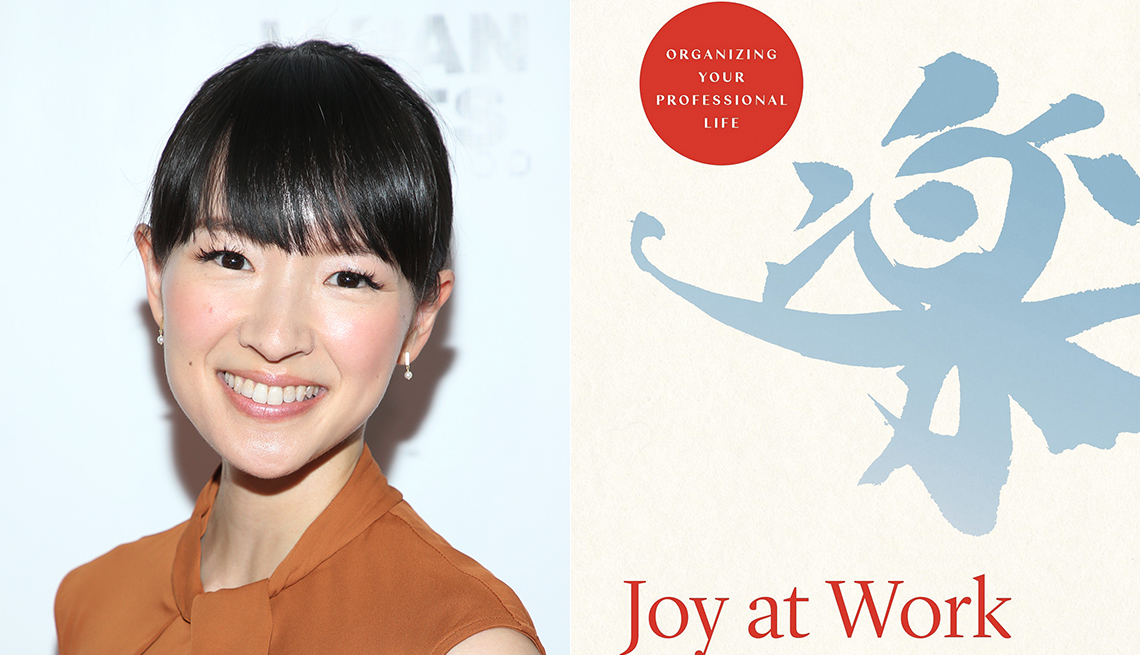Staying Fit
Organizing guru Marie Kondo taught us how to spark joy at home with relentless clutter-clearing in her global mega best seller The Life-Changing Magic of Tidying Up. Now she wants to do the same in our workplaces.
Kondo's got a new guide, Joy at Work: Organizing Your Professional Life (April 7), coauthored by Scott Sonenshein, an organizational psychologist and business professor at Rice University in Houston. Thank goodness the authors don't suggest responding only to joy-sparking emails. Instead, they suggest finding joy by streamlining your work space and habits.


AARP Membership— $12 for your first year when you sign up for Automatic Renewal
Get instant access to members-only products and hundreds of discounts, a free second membership, and a subscription to AARP the Magazine.
Sonenshein, who's been adjusting to teaching his MBA students online since the coronavirus outbreak began, says those working from home now can apply the principles in the book to their current work spaces and find more pleasure in their jobs — now and in the long term.
Designate a space
Setting boundaries is especially important in times like this, because we don't have the normal markers, like when we put on our work clothes, get in our car and head to the office. And it really starts with that physical space. So — if you don't have a separate home office — clear off a desk or part of a table and say this is going to be my dedicated workspace. Clear up any nonessential personal clutter.
We're so busy trying to put out fires, trying to just get through the day, we haven't really taken the time to do the more important thing for long-term career satisfaction, which is asking, “What am I truly doing here? Is this bringing me joy, and if it's not, what can I do about it?” /i>
If you're in a space like a kitchen that you're going to have to share, you can put all of your work belongings in a box at the end of the day. Move the box away, and it becomes a kitchen table again.
Add an object that brings joy
I always like to include one item that just kind of makes me feel especially joyful. I might even just move a picture from the living room to my workspace so I can have it right there in front of me.
Add a daily activity that brings joy
Some of my days are personally challenging for me. So this practice of adding a daily joy came from the idea that no matter what happens, there's always going to be something that I look forward to during the day. Everyone's daily joy is going to be different — I like to read a physical newspaper and I like to go for a walk — but I do strongly recommend that people are very intentional about every day doing something that brings joy.



































































